The History of Chinese Underwear in Ancient Times
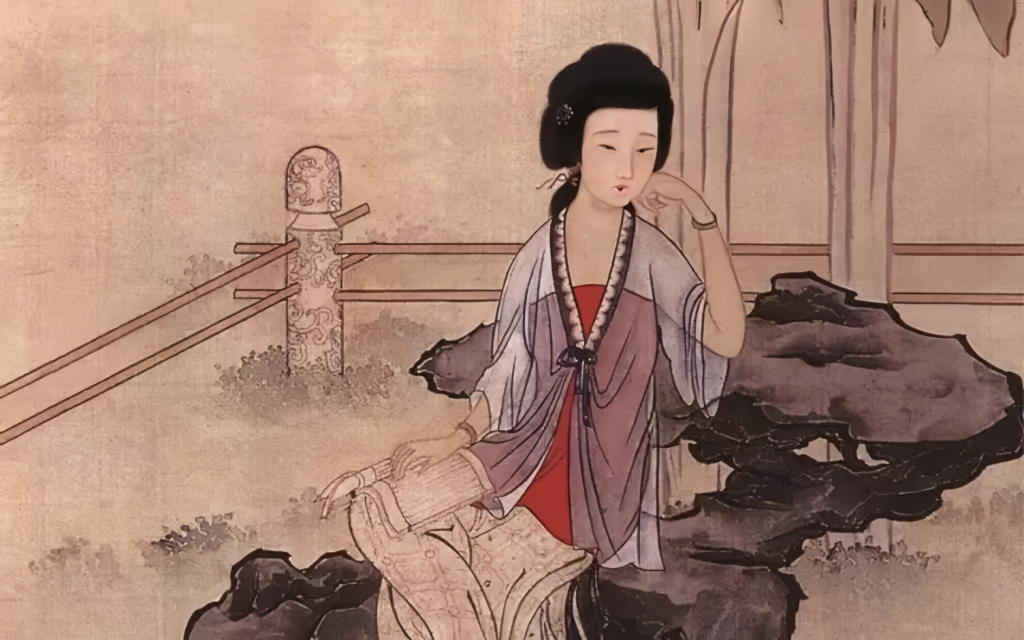
When it comes to traditional Chinese clothing, much attention has been paid to the elaborate outer garments that define Chinese culture, but there is often little discussion of the inner layers, especially undergarments. This lack of focus is partly due to the fact that ancient Chinese texts don’t provide a lot of direct descriptions of innerwear. As a result, it’s not always easy to imagine the subtle, yet significant layers worn beneath the grand robes. However, by examining historical documents and rare materials, we can get a glimpse into the evolution of Chinese underwear history, which has a rich and fascinating narrative, tied closely to the development of Hanfu underwear over the centuries.
The history of Chinese undergarments stretches back thousands of years, with the earliest records dating back to the Han dynasty. Here’s a closer look at some key stages in the development of Chinese underwear history, starting from the Han dynasty.
Han Dynasty Underwear – “Baofu” (抱腹) or “Xinyi” (心衣)
During the Han dynasty, the concept of underwear as we know it today wasn’t quite the same. The undergarment of the time was known as “Baofu” or “Xinyi” (which literally translates to “heart-clothes”). Historical records tell us that Baofu was designed to wrap tightly around the abdomen with a belt above and below, providing support and shaping. This undergarment, like many later versions of Hanfu underwear, left the back exposed and didn’t include a back panel, making it quite minimal in terms of coverage. The design of Chinese underwear history during the Han dynasty highlights the practicality and modesty of early undergarments, setting the stage for later developments.
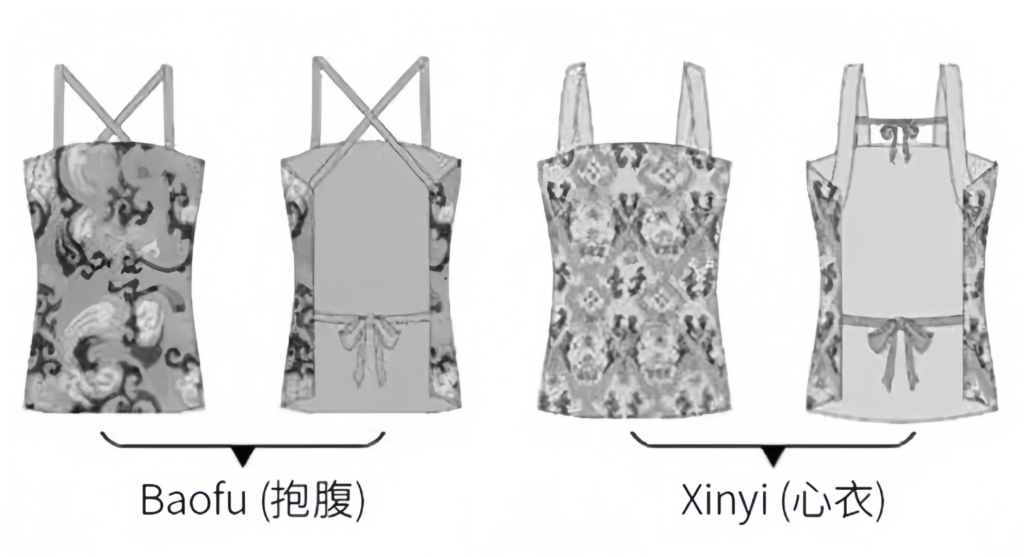
This design was part of a broader trend during the Han dynasty of using functional, comfortable garments that provided support without being too restrictive. The use of Baofu became deeply tied to the concept of modesty and practicality in ancient China.
Wei-Jin Period – “Liangdang” (两当)
The Baofu, the Liangdang had a back panel, which made it possible to wear it as both a chest garment and a vest-like garment. The material was often thick and heavy, typically made of brocade fabric, with double layers and cotton lining on the inside for added comfort. This style of Hanfu underwear reflects the changing designs in Chinese underwear history, with the Liangdang offering more structure and support compared to earlier undergarments.
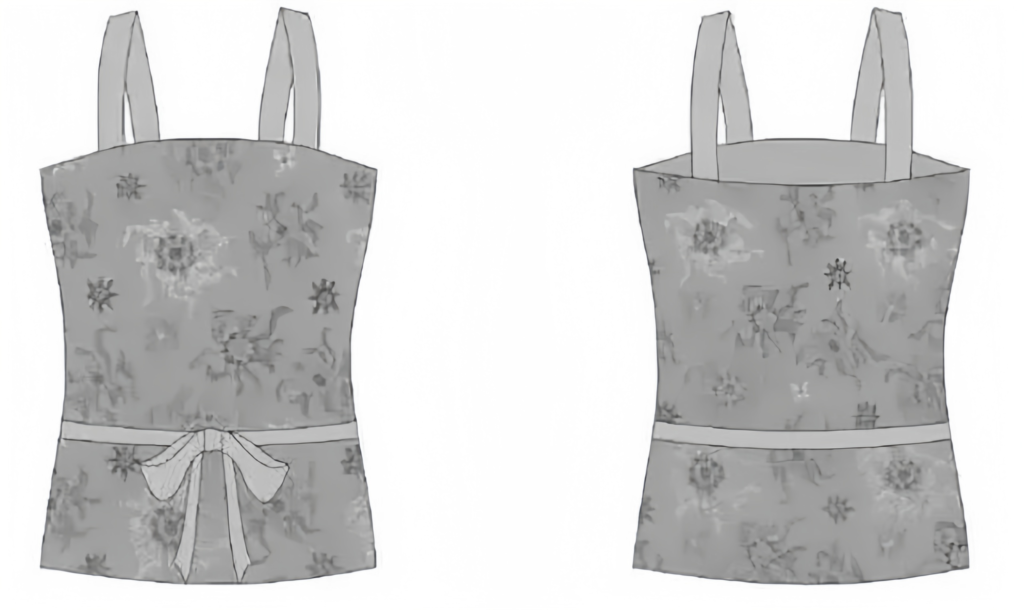
The Liangdang was originally a style of clothing worn by the northern nomadic tribes but gradually became adopted by the Han Chinese, marking a significant example of cultural exchange. Its introduction reflects how fashion and styles in ancient China were influenced by different cultures, especially from the north.
Tang Dynasty – “Hezi” (诃子)
The Tang dynasty saw significant changes in the design of Chinese undergarments. Prior to this period, undergarments often included shoulder straps, but during the Tang era, a new design emerged: the “Hezi” or “裾子”. This type of Hanfu underwear was unique in that it did not include shoulder straps, allowing for more freedom of movement.

The design of the Tang dynasty’s outer garments influenced the style of the Hezi. Women in the Tang dynasty wore “Seven Heroes Ruqun” skirts, which had a high waistline that extended up to the chest. The wide waistband that was tied just below the chest revealed the shoulders, upper chest, and back, while a sheer gauze layer covered the outer garments. The Hezi was designed to be worn under these garments, with its elegant materials and vibrant colors adding to the luxurious nature of the period’s fashion.
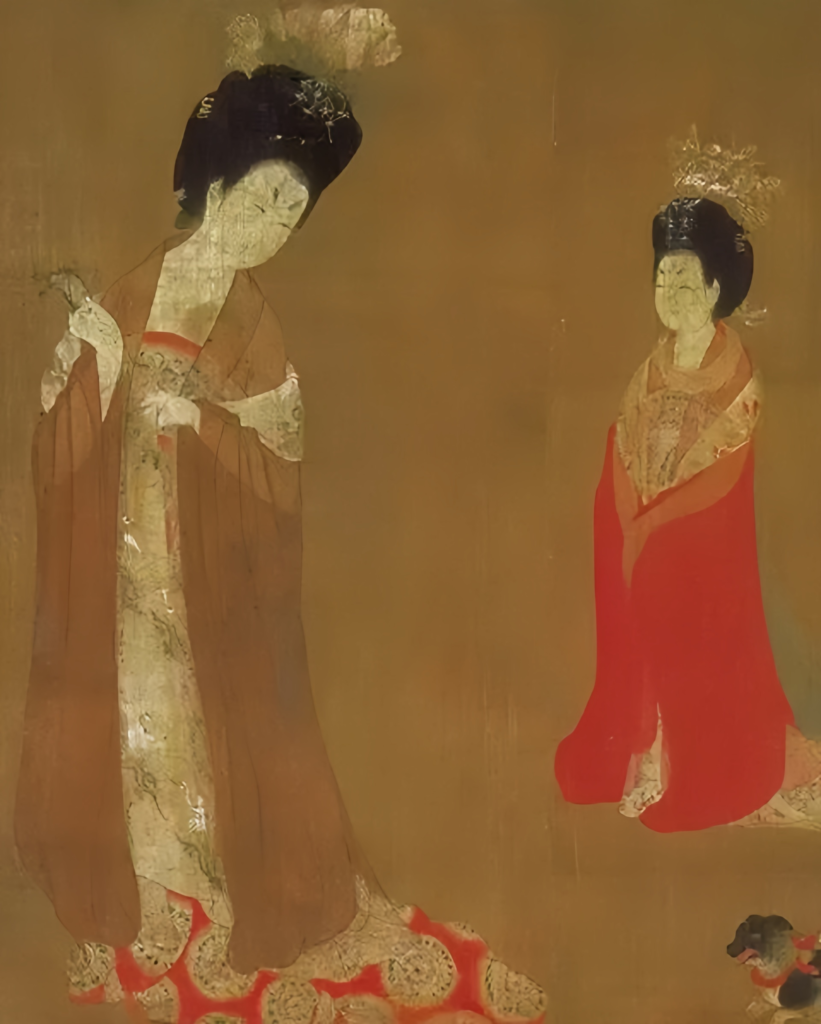
Song Dynasty – “Moxiong” (抹胸)
The Song dynasty brought another evolution in Chinese undergarments with the “Moxiong”, a style of chest wrap. This Hanfu underwear was designed to cover both the chest and abdomen, providing ample support. It was fastened using buttons or ties.
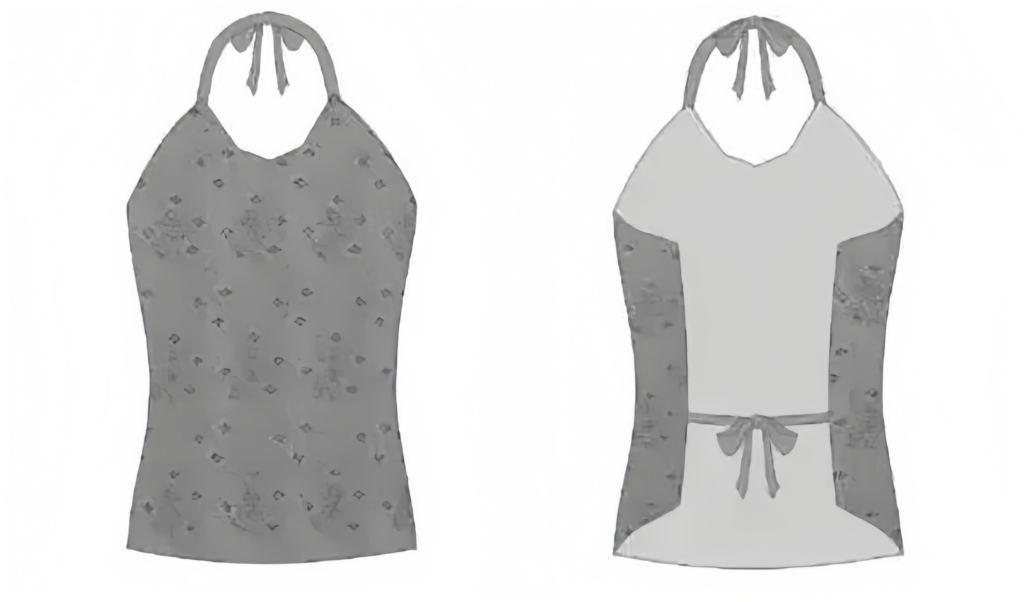
The materials used for Moxiong varied depending on one’s social class. Ordinary people wore Moxiong made of cotton, while the wealthy often had theirs made of silk, sometimes embroidered with intricate patterns, showcasing their high status.
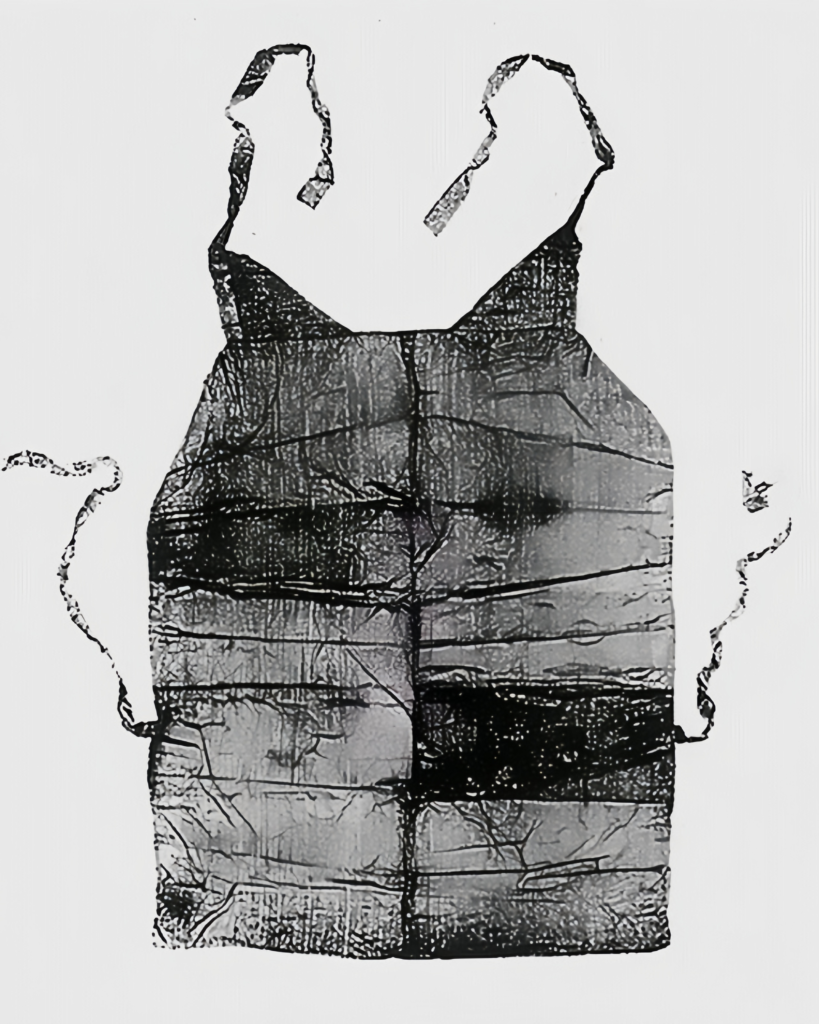
Yuan Dynasty – “Hehuan Jin” (合欢襟)
The Yuan dynasty saw the introduction of a new undergarment known as “Hehuan Jin,” which was worn by tying a row of buttons or ties at the chest. Made from woven brocade, Hehuan Jin offered both functionality and comfort. This style had its roots in traditional Mongolian clothing, which was brought to China during the Yuan dynasty’s establishment.

Ming Dynasty – “Zhuyao” (珠腰)
The Ming dynasty introduced the “Zhuyao” (珠腰), a garment resembling a vest. It was a more complex form of undergarment compared to its predecessors, evolving from the “mo胸” chest wraps. The Zhuyao was designed to cinch tightly at the waist and was fastened from the back to the front with buttons, which came in various styles and designs. It had multiple tie points along the body, creating a very fitted and form-enhancing silhouette.
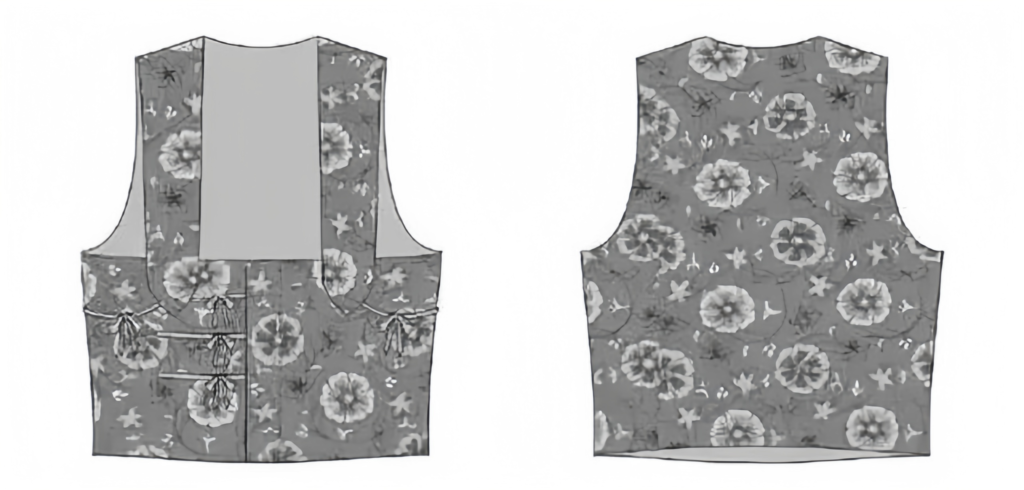
In the Ming era, the undergarment’s primary function was to shape the body, allowing women to accentuate their curves. The beauty and intricacy of the Zhuyao reflect the era’s focus on elegance and feminine grace.
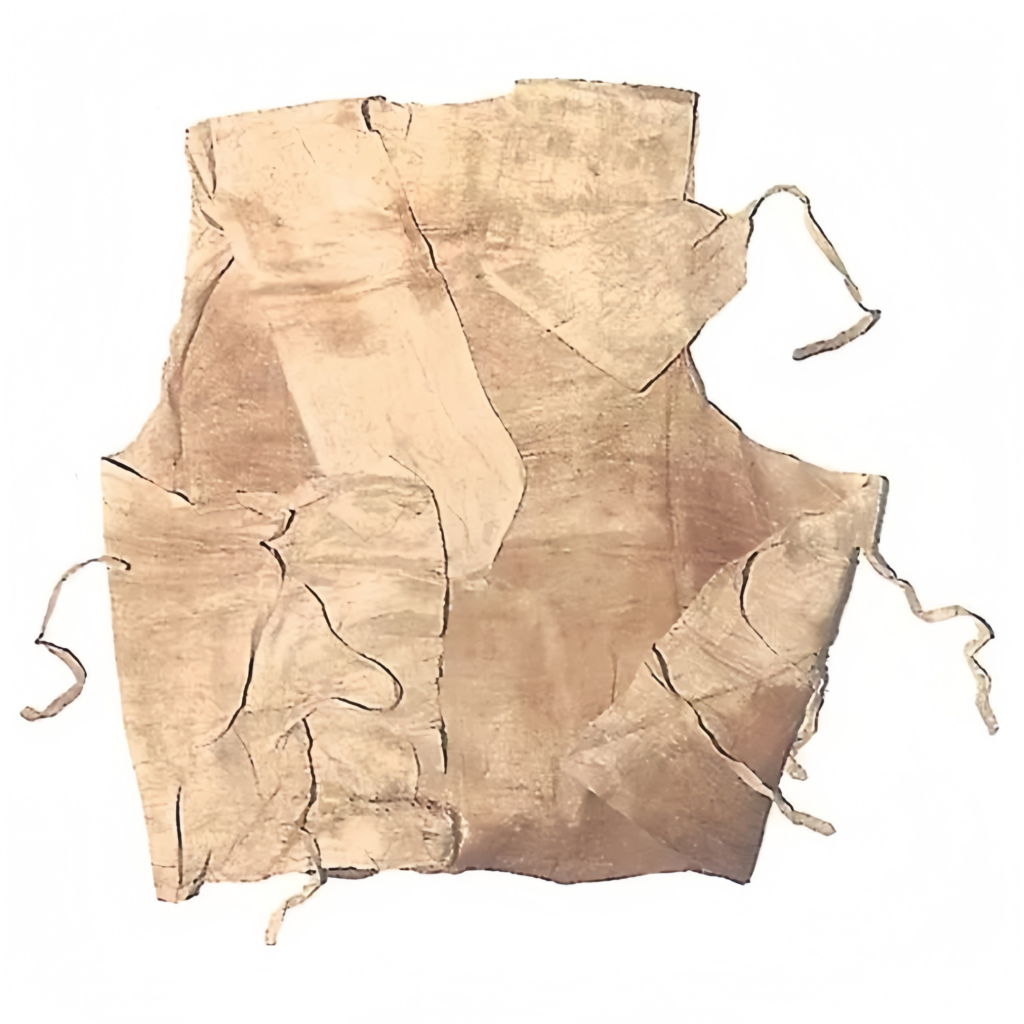
Qing Dynasty – “Dudou” (肚兜)
By the Qing dynasty, the “Dudou” became the most common form of undergarment for women. This piece of clothing was typically diamond-shaped, with straps at the top and around the waist, tying at the back. The lower part of the Dudou was a triangular flap that covered the abdomen, extending to just below the belly button.
Materials varied, with cotton and silk being the most common fabrics used. The wealthy would often have Dudous decorated with luxurious materials such as gold chains or silver chains, while common folk would use red silk cords. This evolution of Chinese underwear history reflects the growing attention to aesthetics and craftsmanship in Qing-era fashion.
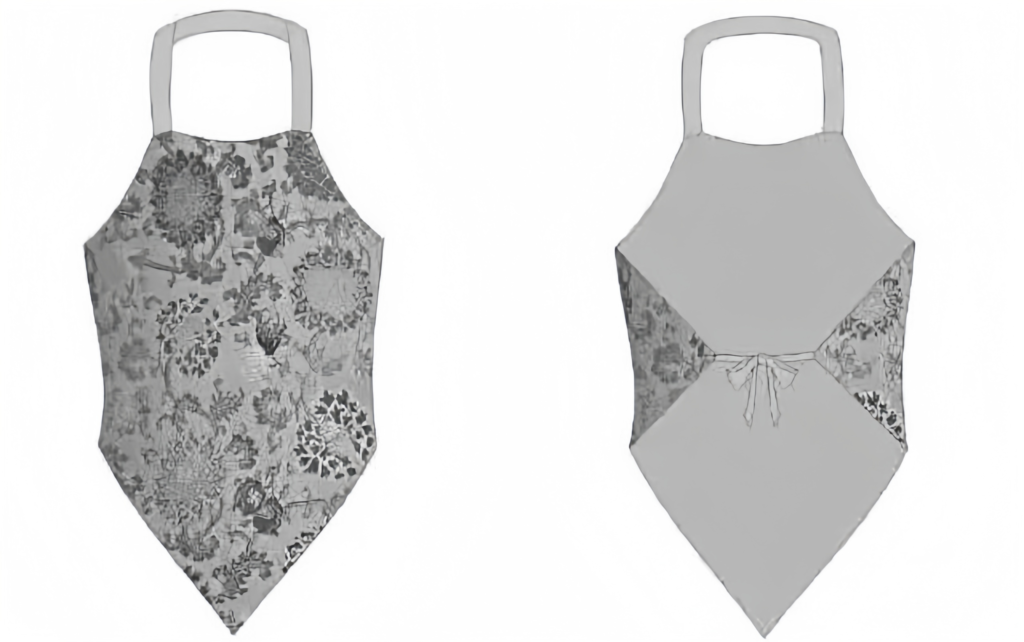
Unlike modern Western undergarments, the ancient Chinese Dudou was relatively simple in its design. However, despite its straightforward structure, it did an excellent job of enhancing the feminine form, highlighting the delicacy and sensuality that was highly valued in Chinese culture.
Conclusion
Chinese undergarments, from the Han dynasty’s Baofu to the Qing dynasty’s Dudou, offer a fascinating glimpse into the evolution of fashion and function in ancient China. Throughout history, these garments not only served practical purposes, such as providing support and comfort, but also reflected the cultural values and aesthetics of each era. What’s truly remarkable about these pieces of Hanfu underwear is how simple designs have been used to enhance and celebrate the beauty and grace of the human body, showcasing a delicate balance between utility and style that is still admired today.
For more details on traditional Chinese clothing, check out ChinaCulture.org – Traditional Clothing.

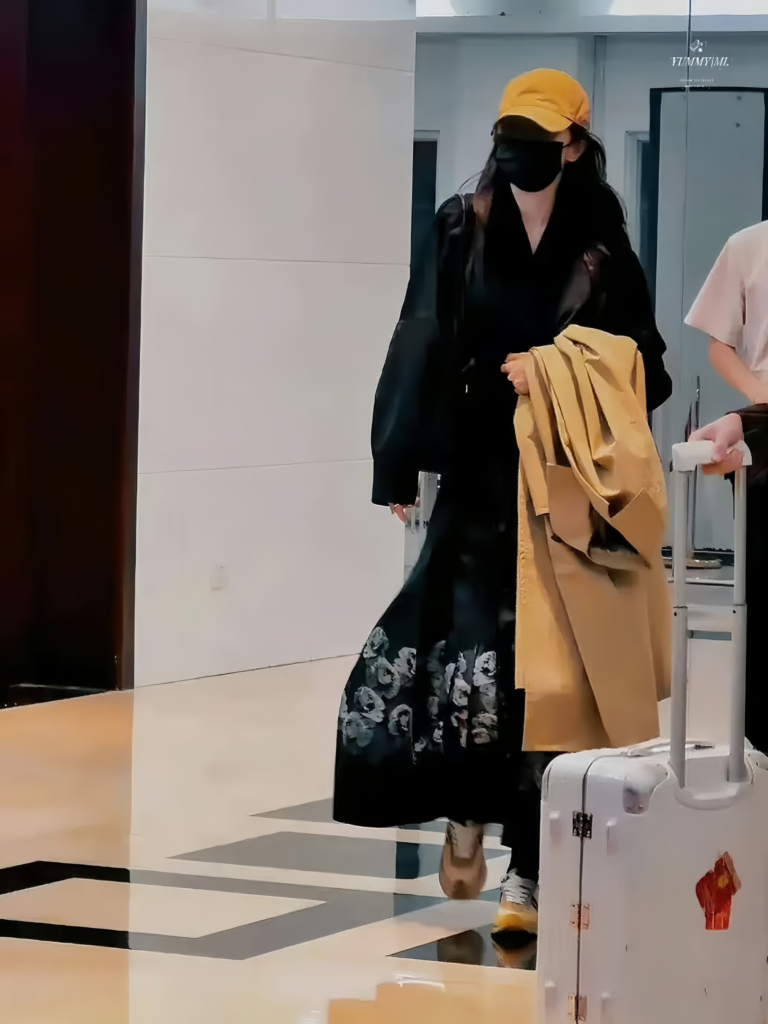
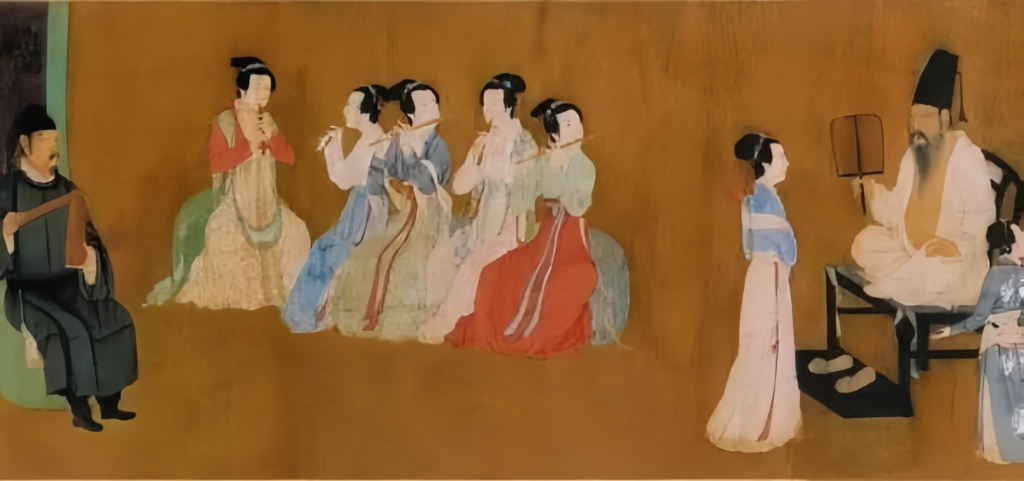


My brother suggested I might like this website.
He was totally right. This post truly made my day.
You can not imagine just how much time I had spent for this info!
Thanks!